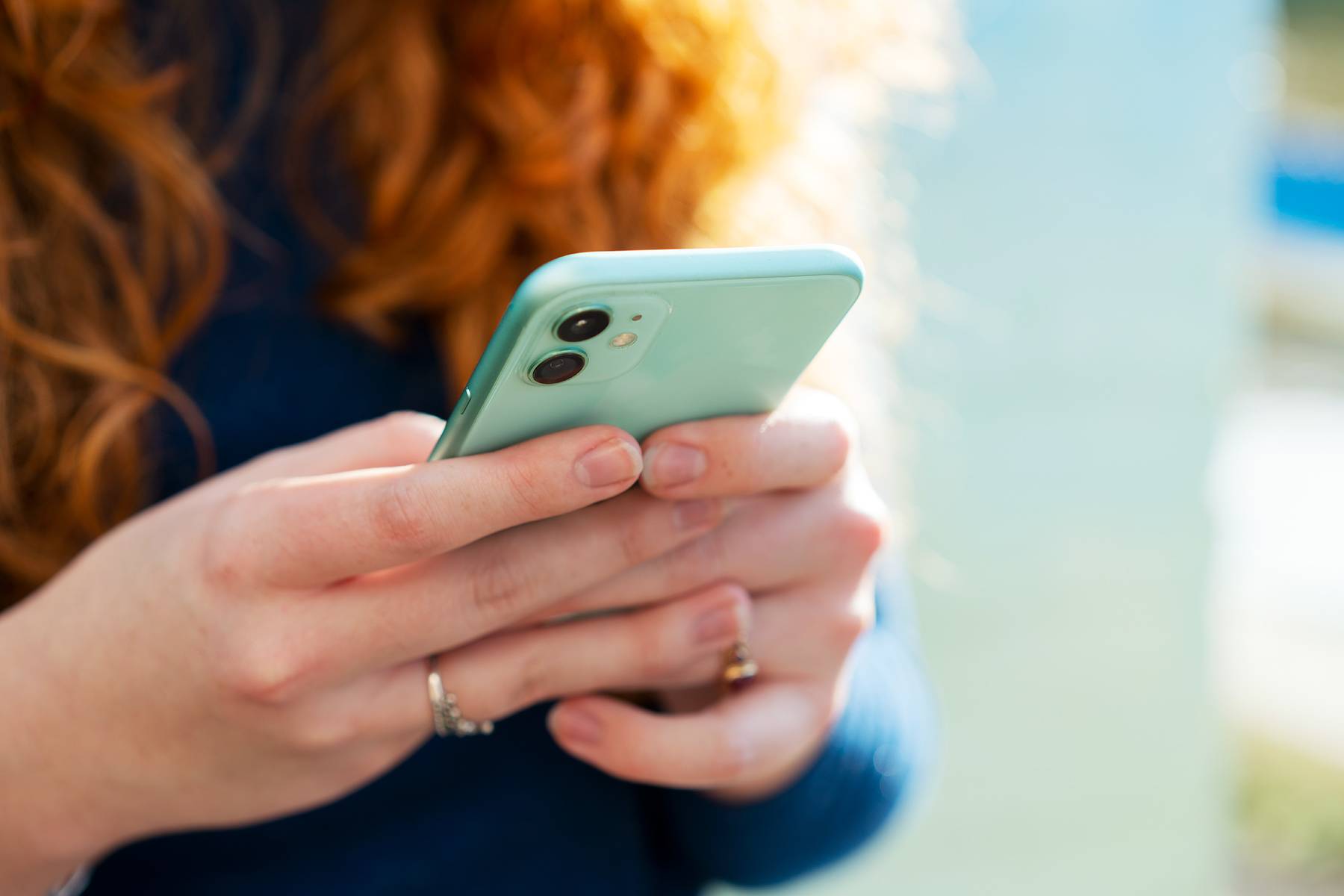“Why I’m Back Online After a 7-Year Hiatus”


The day I finally pulled the trigger and wiped all my social media accounts was the same day I posted a photo of my husband and me in a hot air balloon gazing thoughtfully at the miniature orchards beneath us. It was the perfect way to announce our wedding anniversary. These are the things that speak to people, right?
Apparently not. “Only 27 likes?” my brain scoffed. My mother-in-law’s voice rang in my ears: “Your expectations are your worst enemy.” I hate it when she’s right.
The truth is that she’s going to be right as long as I have ADHD, which, unfortunately (but, also fortunately), will be always. Rejection sensitive dysphoria (RSD) exists, and learning about it for the first time as a clinical psychologist allowed me to better understand my patients and finally name one of the most perplexing aspects of my own ADHD. I understood why I couldn’t handle rejection in all forms, including the rejection that is baked into social media use.
I’ll admit that the time I spent off social media was incredible. The world looked and felt brighter and clearer when I finally put down the phone and took a look around. But after seven years, social media has called me back – a desire that has caused equal parts confusion and intrigue.
I’m not back for the likes or validation. I returned because, as a psychologist who specializes in working with children, teens, and young adults, I have something to say to youth struggling with mental health challenges today. I want to be there for them, and I cannot be heard or reach youth, I fear, without using social media.
[Read: Compare & Despair – Social Media & Mental Health Concerns in Teens with ADHD]
Since re-entering the social media sphere and navigating the sensory overload that is YouTube and TikTok (I’m @drgillykahn on both platforms) I’m taking note of the healthy social media habits that are keeping me balanced – habits that may help you use social media in a healthy way, too.
1. Ask yourself why you’re using social media. You’re more likely to have positive experiences with social media if you tie its uses to a concrete purpose or value – like staying in touch with people you care about. Notice how you feel as you visit platforms and consider if the benefits outweigh the costs. It may be time to limit your use or get off certain platforms completely if social media is encouraging compare and despair, keeping you up at night, and anxiously attaching you to your phone.
2. Stick it to The Man. Think of social media breaks as a way to stick it tor the corporate giants who use you as pawns for consumerism and data collection. That’s another reason to use social media with intention, not passively. In other words, use social media in the same way that it uses you. Joke’s on you, social media!
3. Don’t be afraid to create physical distance from your phone. I remember the good old days when we had a landline and had to sprint across the house to answer the phone. Nowadays, it’s like our phones are fused to our hands. Unless you have a valid reason for keeping your phone near you, keep it in your bag, in another room, or out of sight somehow. If you must, build up to keeping your device away in 30-minute increments. Take it a step further by disabling notifications.
[Read: “My Phone Was My Drug”]
4. Remind yourself that social media is not real life. If you catch yourself in an RSD or comparison spiral after spending time on social media, ride out the wave of your emotions and then remind yourself that a lot of what you see on these platforms is simply not representative of reality. There aren’t beauty filters to activate on the fly in real life, for one, and most people only post the good part of their days, not the boring or negative stuff. Also remember that the relative anonymity of the Internet often emboldens users to post mean comments; don’t let this skew your perception of how interactions actually work in the real world. Your emotional responses to negative experiences online are valid, but keep in mind that platforms are designed to raise the volume on entertainment and drama while often muting sensitivity to, well, rejection sensitivity.
5. Let RSD inspire your posts. Shake things up by showing the world that being vulnerable is acceptable and admirable. Our heightened sensitivities should be nothing to be ashamed of. Allow yourself to be yourself on social media and consider sharing your emotional experiences in the moment. Who knows, maybe you will help someone recognize RSD in themselves and encourage others to spread support and acceptance of big emotions as a pertinent and underrecognized aspect of ADHD.
Healthy Social Media Habits: Next Steps
SUPPORT ADDITUDE
Thank you for reading ADDitude. To support our mission of providing ADHD education and support, please consider subscribing. Your readership and support help make our content and outreach possible. Thank you.
















Leave a comment